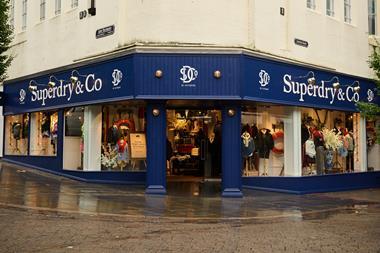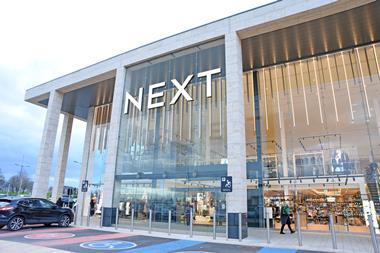What is asset-based lending, and what are the pros and cons of a retailer raising money this way?
AlixPartners director Nick Bradley explains that asset-based lending (ABL) is a type of lending structure that is based on the value of a borrower’s assets. In the case of a retailer this tends to be its inventory, but can also include concession receivables, plant and machinery and property.
The loan tends to be a flexible facility, on a revolving cash flow basis, to take into account buying and merchandising cycles and so it can be utilised based on the highs and lows of inventory.
There are three main reasons this type of financing facility is beginning to gain favour again. Bradley says that traditional banks are still cautious about lending in turnaround situations, where ABL can be more pragmatic.
Secondly, because ABL lending is structured closely to the assets of the business, an ABL provider is likely to be able to lend more than in a traditional financing deal.
And finally, traditional lenders base their deals on past business performance, so ABL is particularly appropriate for retailers that are experiencing growth. Bradley says that this should also be of interest to retailers that are facing price inflation, even if volumes aren’t growing, as their working capital needs will grow.
However, Bradley warns that retailers using ABL must aim to have their ABL provider, current bank and credit insurers working together to ensure that the supply chain is properly financed and there may be some additional administration due to the controls and reporting required to run such a facility.


























No comments yet